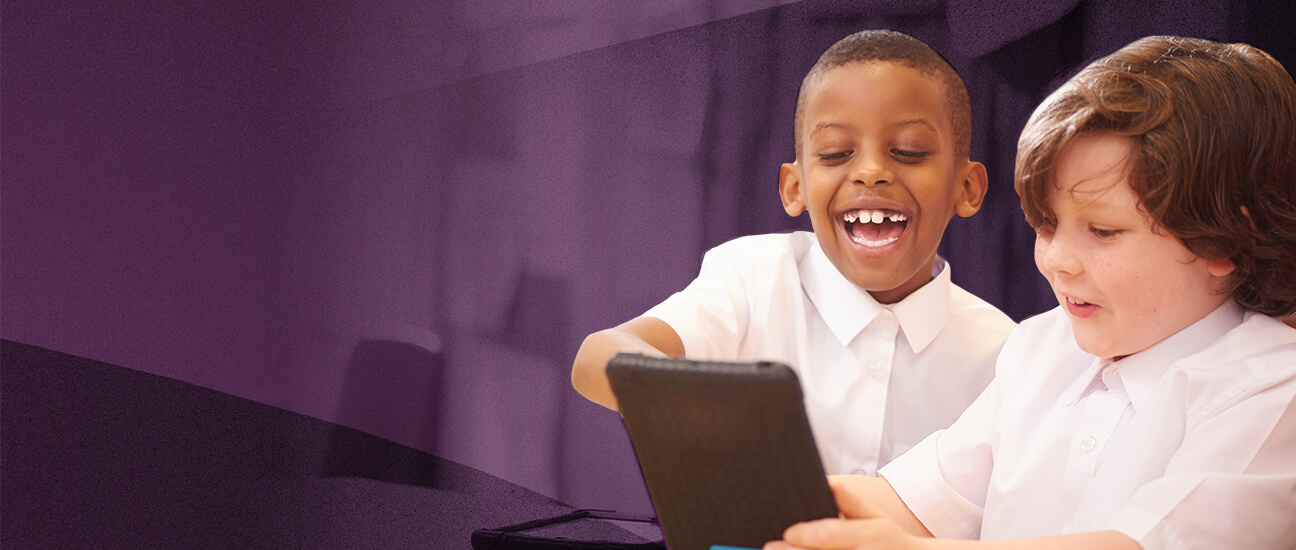Climate change has been making headlines for years. Focus on the subject has sharpened and nearly everyone is paying attention. There’s increased pressure on both businesses and schools to boost their sustainability credentials.
If you have a large headcount, your potential to make an impact is significant. Young people have unbridled enthusiasm to make positive changes to the world around them, so you’ll be inspiring, motivating, and engaging your students.
Here are three tips to improve your school’s carbon footprint while simultaneously boosting school-wide collaboration:
1. Be energy efficient
In schools, lighting typically accounts for over a quarter of total energy use. And if a total overhaul of your school’s lighting isn’t in budget, an old-fashioned ‘Turn Out the Lights’ campaign can still have a big impact.
Encourage students and staff to turn off all the lights and power down computers at the end of the day. Keep doors shut to stop heat escaping and check the energy consumption of your appliances.
Of course, it’s a lot easier for your students and staff to understand energy use when you can see it in action. Energy meters that clearly show usage aren’t just great learning tools—they encourage everyone to conserve energy and water throughout the day. Energy monitoring can be incorporated into school-wide competitions and fun activities, as well as classroom sustainability lessons.
2. Recycle and reuse
Start by dotting eye-catching recycling bins around the playground. Before long, students won’t think twice before putting banana skins into the food waste and their used paper in the recycling. Next, encourage teachers and students to consider their waste disposal by setting up classroom recycling stations.
Combine data plotting with raising awareness by creating wall graphs. A data wall in the school hall could be updated regularly to keep track of the quantity of items recycled, and from which class.
Recycling isn’t just about correctly separating out and disposing of general waste. Consider the materials in your school too. Take the canteen, for example. Some green schools have rules against students bringing single use plastic containers and encourage reusable flasks. Canteens should also avoid ‘use and throw’ plates and shift to reusable materials.
Don’t forget, recycling can extend to your edtech, too. With improved tech-savviness but stretched budgets, schools are getting smarter with their edtech investments. Rather than the common ‘buy, use, dispose’ approach, more schools are finding ways to make better use of the technologies they already have. Discuss with your IT manager if anything can be recycled or refurbished to avoid it being thrown away.
3. Reduce paper reliance
Schools and other educational institutions are still very paper-heavy. From workbooks to notes and handouts, even in our digital-first landscape, the vast majority of information in schools is circulated in soft copy.
As a first step, why not change the printer settings to double-sided? Post signs to promote the new policy, and encourage all staff to embrace it. Next, consider letting your students submit homework by email or via an online platform to reduce the need for paper trails. This can help with data compliance and GDPR, too.
If your school has access to a fleet of personal devices, encourage practices like digital note taking or online assessments. If you have an interactive display like an ActivPanel, are you using it to its full potential? Consider ways to maximise the tech you have to hand, whether it’s through apps or free software to reduce your school’s use of paper.
Finally, consider holding regular ‘paper-free days’ at your school. Measure how much paper your students and staff save in one day and challenge everyone to come up with alternatives. This includes paper products like cardboard, card, tissue, kitchen rolls, wrapping paper, newspapers, magazines, paper plates, and cups. Set students a task of listing all the paper products they use in school or at home in a day or a week, then think of ways to reduce their need for these.
Your school is in an ideal position to go greener and significantly help the environment. There are plenty of opportunities, whether it’s through conserving energy, improving recycling habits, refurbishing, and recycling devices or even investing in upgradeable tech like a Promethean ActivPanel. All these small actions go a long way toward improving sustainability, creating a more circular economy, saving budget, and putting old tech to better use.




